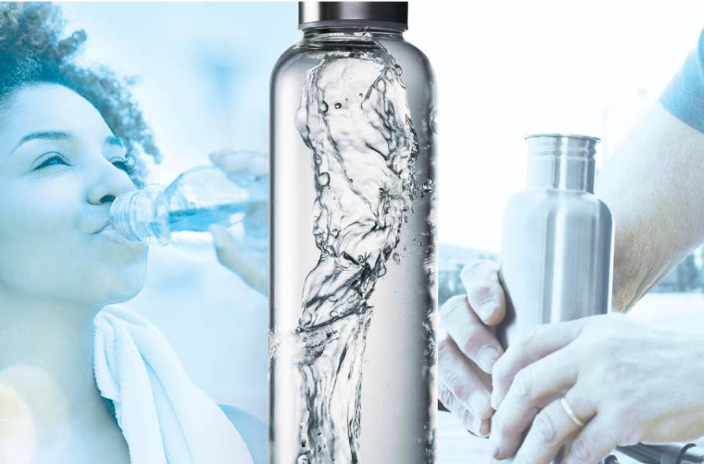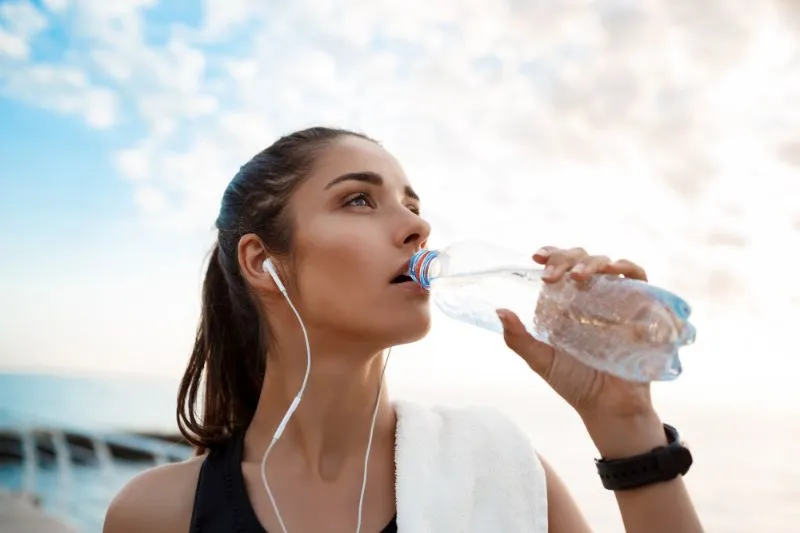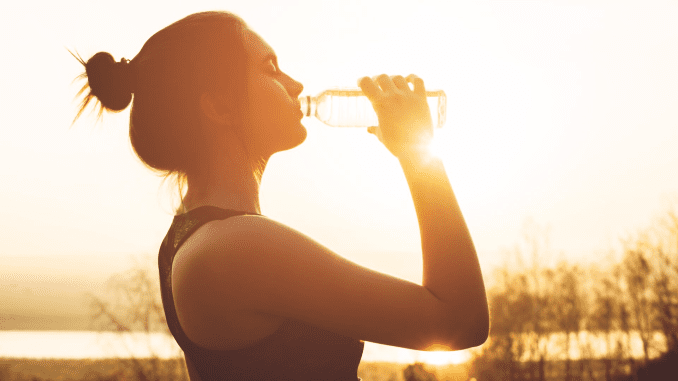For years, the idea of drinking 2 liters of water daily has been touted as the gold standard for staying hydrated. But what if this rule isn’t as beneficial as it seems? Emerging research and medical experts are challenging this one-size-fits-all guideline, suggesting that blindly following it might do more harm than good. Let’s uncover why the “2 liters of water” advice may be flawed and how you can stay truly hydrated in a way that works for your body.
Why the 2-Liter Rule Is Scientifically Flawed

The popular recommendation to drink 2 liters of water daily oversimplifies the complex science of hydration. According to Professor Aaron Carroll from Indiana University School of Medicine, hydration needs vary widely from person to person. The idea that everyone requires the same amount of water disregards essential factors like age, gender, activity level, diet, and environmental conditions.
Individual Factors That Impact Hydration Needs
- Age and Gender
- Young people and men typically have higher water needs due to higher muscle mass and metabolism.
- Older adults and women often require less water unless physically active.
- Dietary Contributions
- Many foods—such as fruits, vegetables, soups, and stews—are water-rich and significantly contribute to hydration. For example, cucumbers and watermelons are over 90% water.
- Activity Level and Climate
- An athlete training in hot weather will naturally need more fluids than someone with a sedentary lifestyle in a cooler climate.
By focusing solely on a specific amount of water, the “2-liter rule” ignores how our bodies naturally acquire hydration through food and other drinks.
The Hidden Risks of Overhydration
While dehydration is widely discussed, drinking too much water can be equally dangerous. Here’s how overhydration can harm your body:
1. Electrolyte Imbalance
Excessive water dilutes sodium levels in the blood, leading to hyponatremia (water intoxication). This condition causes confusion, nausea, muscle cramps, and in severe cases, seizures or death.
2. Kidney Strain
Your kidneys filter excess water to maintain balance. Constant overhydration can overwork these vital organs, increasing the risk of kidney damage over time.
3. Premature Cell Aging
Overhydration reduces osmotic pressure in the blood, which can cause red blood cells and platelets to age prematurely. This weakens your immune system and overall health.
4. Psychological Misguidance
The obsession with meeting arbitrary hydration targets can lead to stress and unnecessary water consumption, even when the body doesn’t need it.
Case in Point: A 59-year-old woman in the UK experienced life-threatening hyponatremia after drinking excessive water in a misguided attempt to “detoxify” her body. Her case highlights the dangers of overhydration and the importance of understanding your body’s needs.
Listening to Your Body’s Natural Signals

Your body is equipped with natural mechanisms, such as thirst, to regulate hydration. Ignoring these signals in favor of rigid water consumption rules can disrupt this balance. Here’s how to hydrate smarter:
1. Observe Your Urine
- Dark yellow urine: Indicates dehydration—drink a glass of water.
- Pale yellow urine: A sign you’re adequately hydrated.
- Clear urine: You may be overhydrated; there’s no need for more water.
2. Adjust to Your Environment
On hot days or during intense physical activity, increase your water intake. However, if you’re sedentary or in a cool climate, your needs will naturally decrease.
3. Only Drink When Thirsty
The thirst mechanism is your body’s most reliable hydration cue. Forcing yourself to drink when you’re not thirsty can interfere with this natural process.
How Much Water Do You Really Need?
There’s no universal magic number, but a useful guideline is 40ml of water per kilogram of body weight under normal conditions. For example:
- A 50kg individual needs approximately 2 liters of water.
- A 70kg person might require 2.8 liters.
This calculation should serve as a flexible guide, not a strict target. Adjust based on physical activity, food intake, and weather conditions.
Relying on Food for Hydration
Did you know that up to 30% of your hydration needs can come from food? Incorporating hydrating foods like fruits, vegetables, and broths can reduce your reliance on drinking water. Enjoying a watermelon slice or sipping herbal tea not only quenches thirst but also adds vital nutrients to your diet.
The Role of Food in Meeting Hydration Needs

Many people forget that water isn’t the only source of hydration. Foods like cucumbers, oranges, and soups provide fluids while delivering essential nutrients. On average, food contributes 20–30% of daily hydration needs, making it an integral part of maintaining fluid balance.
Hydrating Foods to Include in Your Diet
- Cucumber: 95% water
- Watermelon: 92% water
- Celery: 95% water
- Soup and Broth: Hydrating and warming, especially in colder weather
By diversifying your hydration sources, you can meet your fluid needs without constantly sipping on plain water.
How to Avoid Overhydration and Find Balance
Hydration is about listening to your body rather than adhering to a strict rule. Here’s how you can strike the right balance:
- Monitor urine color to gauge hydration.
- Drink water with meals and snacks but avoid forcing large quantities between meals.
- Adjust your intake based on daily activity levels and environmental conditions.
Rethinking the Hydration Myth
The idea of drinking 2 liters of water a day originated from outdated and misunderstood advice. While staying hydrated is essential, forcing yourself to drink a fixed amount daily can be unnecessary—and even harmful. By focusing on your body’s unique signals and incorporating hydrating foods into your diet, you can stay healthy without obsessing over arbitrary targets.
Conclusion: Hydrate Smarter, Not Harder
The myth of drinking 2 liters of water daily has been debunked as an oversimplification of hydration needs. Factors like activity level, diet, environment, and individual physiology all play a role in determining how much water you truly need. Instead of rigidly following outdated advice, trust your body’s natural cues like thirst and urine color to guide you.
Remember, hydration is about balance—not numbers. Enjoy hydrating foods, sip water when thirsty, and let your body be your ultimate guide. By adopting this personalized approach, you’ll achieve optimal hydration without the risks of overhydration. So, put down that extra glass if you’re not thirsty—your body already knows what it needs!


